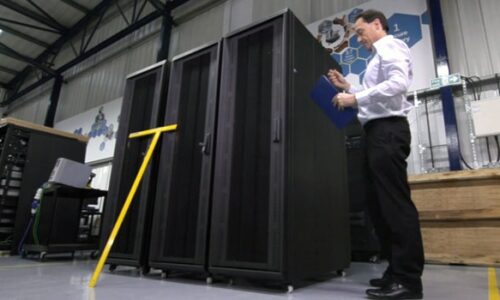
Ensuring reliability in simulation applications
The benefits of simulated training
Many studies have shown simulation training to deliver the best learning outcomes, as it provides a realistic, immersive experience in the context of the learner’s job role.
As the name suggests, simulation training is the creation of a true-to-life learning environment that mirrors real-life work and scenarios.

Keeping simulation platforms running with reliable computing
With such vital and simulated training used for medical, defence and aviation industries, it is paramount that projects run without fail and deliver on schedule.
This is where the technology behind the simulation platforms comes into play.

Specification is everything
In simulation applications, a well-specified and configured computer – irrespective of its content to performance – should be expected to operate for three years under a heavy-duty cycle without failure.
There should be no difference between a low-cost classroom solution and a high-fidelity full flight simulation platform from a reliability standpoint. Reliability is the result of component selection and sound design principals, not cost.

Selecting the right components
A well-thought-out 4U chassis design can easily remove a thermal load greater than can be supplied through a typical computer power input connector.
There are a number of tricks of the trade that can be applied to deliver the cooling performance needed. However, there is no substitute for solid designs, and planned configurations should easily do the job for even the most high-performance equipment.
A good chassis design should aim to maintain a thermal delta of 5oC or less. Given a comfortable operating environment temperature, this would enable the use of a full range of commercial components and ensure equipment within the chassis remains below the manufacturer’s stated figures for published MTBF rates.
Selection of the right motherboard, memory, CPU, chipset, cooler, storage solutions and expansion cards are all equally important.

Balancing cost vs quality
Good simulation platforms need to have an operational life of ten years or even more. With the cost and investment made in them, they need to showcase performance, longevity, uniformity and reliability to ensure the entire process is pain-free for the platform’s life.
There is often the temptation to cut corners to deliver a solution at the lowest initial cost. However, this should only ever be exercised with caution as this approach favours low-grade components over the quality of the platform. There is, of course, always a balance to be found.
With good designs and the appropriate consideration of hardware selection and specification, reliability should always be assured.
To learn more about Captec’s computer and rack platforms ideal for simulation applications, visit our rack mount computers or rack integration web pages.



